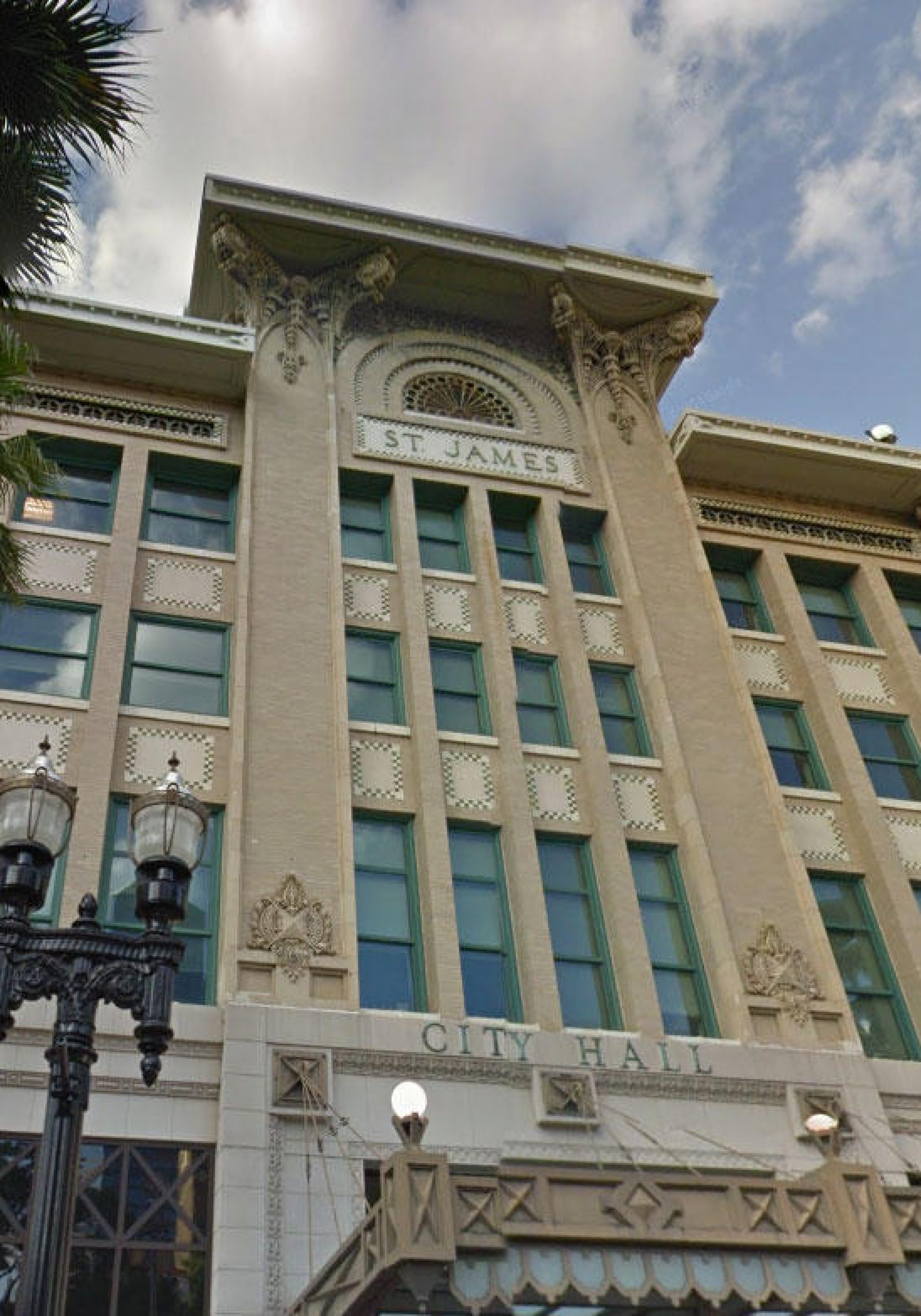
The passage of the revamped Public Investment Policy (PIP) was the big news to come out of Tuesday’s meeting of the Jacksonville City Council Recreation, Community Development, Public Health and Safety Committee.
This was the final meeting of the combined RCDPHS committee, which will be split up and given sharper individuation and focus under incoming Council President Lori Boyer.
Questions had been raised previously in committees, relative to allocating incentives on a census tract rather than a more granular census block basis, which Councilman Scott Wilson and others have contended give a truer indication of economic distress on Jacksonville’s Southside.
Those concerns surfaced again in RCDPHS.
The PIP measures economic distress by two criteria: high unemployment and low income.
Other factors, such as average home values and high school graduation rates, which might have been more reliable metrics, were quietly jettisoned on the subcommittee level.
“The new PIP refines some existing programs, eliminates references to enterprise zones (which were recently eliminated by state law), and adds several new types of targeted incentives (i.e. a Disabled Veterans Hiring Bonus, a Local Training Grant and a Closing Fund). Refinements to existing programs include development of variable incentive levels in some programs based on levels of economic distress (Tier 1 and Tier 2) at the census tract level as determined by the tract’s unemployment rate and level of median household income,” asserts the bill summary.
“Programs with varying incentive levels based on Tier 1 and Tier 2 economic distress measures are the Recapture Enhanced Value (REV) grant, the Façade Renovation Grant program (outside of the downtown area), and the Economically Distressed Area Targeted Industry program,” the summary continues.
Before the vote, Councilman Al Ferraro wanted the PIP, which has been discussed at length over months, explained.
OED head Kirk Wendland credited the special committee on Economic Incentives for crafting the parameters of the bill, after “several meetings with a lot of good discussion.”
Wendland, as in committees, noted projects would be pursued with focus on ROI, via “direct project revenues” over a 10-year period to “make sure that return is there for the city in all cases.”
Wendland also spotlighted the definition of the economically distressed areas via the “two-tier test,” related to labor force unemployment greater than 25 percent of the county average, and household median income at 60 percent or below the county average.
Census tracts satisfying both criteria of distress qualify for the greatest incentives.
Targeted industries located in distressed areas, for example, qualify for greater incentives than elsewhere in the city.
Ferraro’s question was answered to his satisfaction.
Councilwoman Katrina Brown, who was on the subcommittee, noted some programs are unfunded in the plan. She would like to see money put into the facade renovation grant program.
Brown also noted Wilson’s critique of the tract formulation, and the difficulties incentivizing businesses to come into his part of the Southside.
“We looked at re-charting some of the areas,” Brown said, “but through our discussion, we realized that was not the best solution.”
Chair Doyle Carter noted similarities between the Beach Boulevard area Wilson spotlighted, and commercial areas with similar challenges on the Westside, specifically Cassat Avenue, Blanding Boulevard, and Beaver Street.
The bill moved through without objection, and barring an unanticipated cataclysm, will be passed by the full legislative body Tuesday, June 28.



